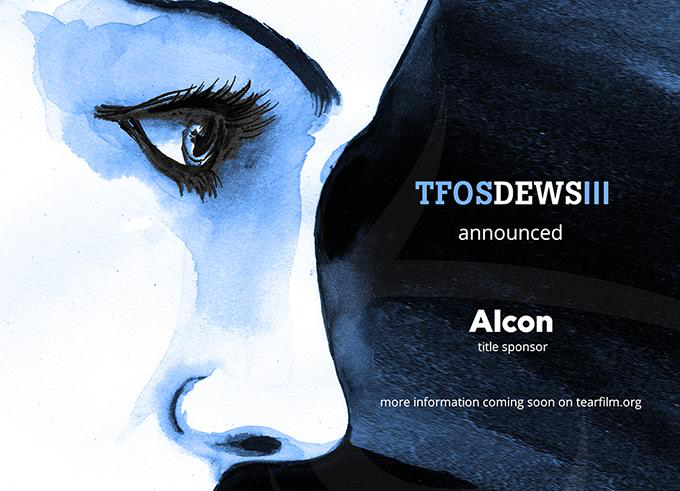 |
While no timeline was announced for the TFOS DEWS III report, if the project takes a similar amount of time as TFOS DEWS II, that would put the publication date around 2026/27. Click image to enlarge. |
Eye doctors worldwide consider the 2007 Dry Eye Workshop (DEWS) report and 2017’s DEWS II, both produced by the Tear Film and Ocular Surface Society (TFOS), to be the definitive word on ocular surface disease. Known for their rigorous scholarship and authoritative voice, each report presented a cogent distillation of the scientific research to date at the time of publication. All facets of dry eye—pathogenesis, influencing factors, diagnostic methods, treatment options, even the very definition of the condition—were comprehensively re-evaluated and updated each time a DEWS report was released by TFOS.
“Since the publication of the TFOS DEWS II report, there have been more than 8,000 peer-reviewed articles published about dry eye disease,” TFOS stated in a press release issued this morning. “Given this extraordinary amount of research over the past six years, we have decided to update TFOS DEWS II and focus on new and significant advances in the diagnosis, management and classification of dry eye disease.”
TFOS said the leadership of TFOS DEWS III includes Victor Perez Quinones (USA; Chair), Lyndon Jones (Canada; Vice-Chair), James Wolffsohn (UK; Vice-Chair) and David A Sullivan (USA; Organizer). “The TFOS DEWS III initiative will involve the efforts of clinical and basic science research experts from around the world, who will utilize an evidence-based approach and a process of open communication, dialogue and transparency to increase our understanding of dry eye disease.”
No timelime was released by the society in its announcement. However, the TFOS DEWS II report involved 150 experts from 23 countries and took almost 2.5 years to complete, so a comparable experience is likely. That would put publication of TFOS DEWS III potentially in the late 2026/early 2027 period.
The society noted in the release that significant milestones from the TFOS DEWS II report included the creation of an evidence-based, single-sentence definition of dry eye disease; reclassification of dry eye disease with the overarching aim to improve patient care; identification of the core mechanism of dry eye disease; recognition that evaporative dry eye disease is the most common form of dry eye, and that the major cause is obstructive meibomian gland dysfunction; recognition of the importance of iatrogenic dry eye disease; and recommendations about diagnostic methodology and treatment.

